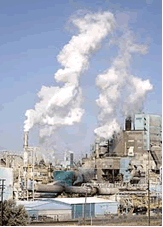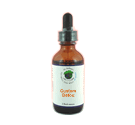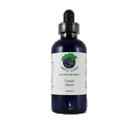 Arthropod/Vector
Bacteria
Chemicals
Fungus /Mold
/ Yeast Metals Parasites Virus Other Arthropod/Vector
Bacteria
Chemicals
Fungus /Mold
/ Yeast Metals Parasites Virus Other
|
Benzene
Smaller amounts of benzene are used to make some types of rubbers, lubricants, dyes, detergents, drugs, explosives, napalm, and pesticides. Those working with petroleum based solvents are classed as high risk because they inhale the vapors released from the solvent products, as well as through the skin in the event that the solvent makes contact with the skin during work. Some of the high risk group occupations have been identified as chemical workers, refinery workers, rubber workers, printers, leather workers, press workers, painters, and gasoline distributors. The FDA has acknowledged that benzene, a carcinogen, has been found in U.S. soft drinks at four times the limit considered safe for drinking water. This contradicts earlier FDA statements that the levels of benzene were insignificant. Organizations such as the Environmental Working Group have accused the FDA of concealing information about benzene in soft drinks. The issue is not that it is added to drinks as much as that benzene is able to form in beverages that contain vitamin C (ascorbic acid) and the preservatives sodium benzoate or potassium benzoate. Health Conditions Benzene is known to be responsible for a number of health disorders and is linked with various types of leukemia in addition to other illnesses. These include respiratory problems, skin problems, and blood disorders. The cancers that are linked to benzene exposure include acute myelogenous leukemia (AML), acute lymphocytic leukemia (ALL), chronic myelogenous leukemia (CML), chronic lymphocytic leukemia (CLL), hairy cell leukemia (HCL), non-Hodgkin's lymphoma (NHL), Hodgkin's disease, multiple myeloma, myelodysplastic syndrome (MDS). |
|



